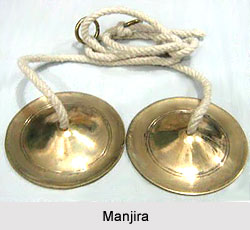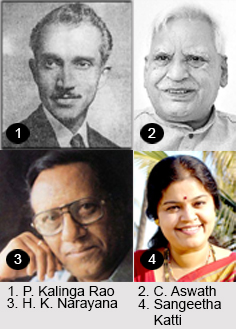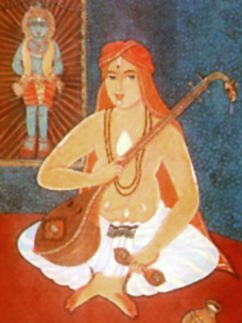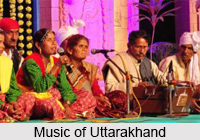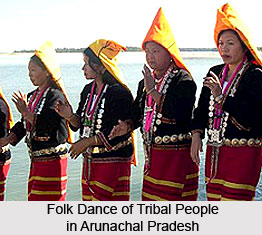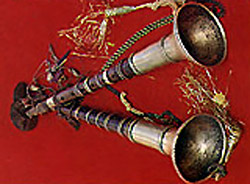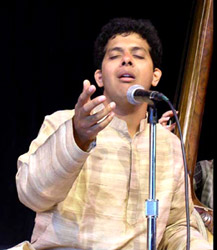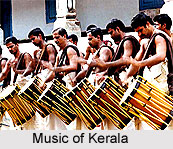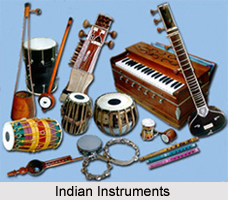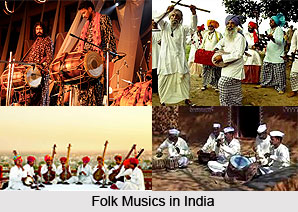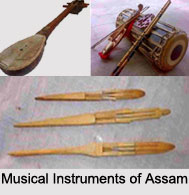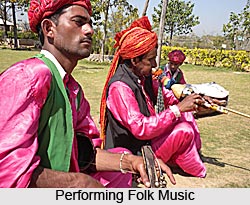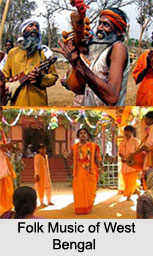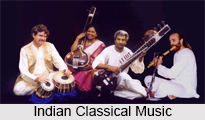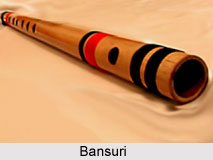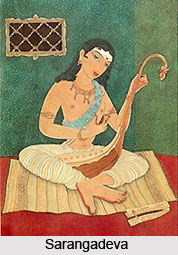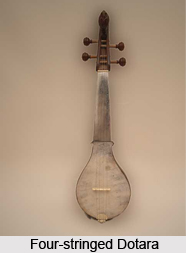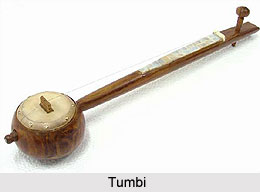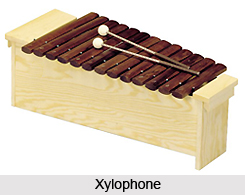Music of primitive communities and also of the rural folk, who live in close proximity to the civilized and urban people, has long been attracting the attention of anthropologists and sociologists, litterateurs and linguists, theologians and philosophers; historians, administrators, and scholars engaged in the study of man`s manifold creativeness. Musicologists in the West were, however, drawn close to this subject more than two hundred years ago. It was in the later part of the nineteenth century that a regular study of comparative musicology began in the western countries, when materials started pouring into their repository of the West from different parts of the world. These materials contained varied specimens of "foreign music".
In India, too, some commendable work has been done by western scholars, especially on the anthropological aspects of folklore. Volumes of work by Indian scholars and researchers on folklore have been accumulating during this century, more so during the last few decades, but the growing popularity of folk-songs among the listeners has not been followed by an adequate study of their musicology.
Search for folklore in India was initiated from various quarters during the last century. This search created interest in folk-music also. What struck the Indian enquirers most was the music of folklore which was tunefully recited or sung. The tunes generally impressed poets and versifiers who utilized them in their compositions. The use of tune is not, however, considered by musicologists as the chief criterion for evaluation of musical forms. Poets assessed the worth of it in their own ways, Before Tagore, it was the poet-journalist Iswar Gupta who made a straightforward attempt to revive some popular songs of the past which included quite a number of folk-songs. In fact, songs of kavi-walas fostered a combined music of folk and other popular forms of those days. Folk instruments were widely used in these songs and unsophisticated tunes were featured. Iswar Gupta`s attempt produced a unique consciousness of folk-music. Bengali kavigan influenced regional folk-music in many ways.
Kavigan means exchange of extempore musical verse recital between two parties based on episodes of the Puranas; the two parties compete with each other in their musical doggerel verses; the leader of each party named kaviwala is the principal composer. Types of kavigan are known as pancali, tarja, kheud, full-akhdai, half-akhdai, danda kavi, basa kavi, etc. The scope of the subject matter of folk-songs was widened; various religious (Sakta and Vaisnava) themes were humanized and applied to folk-songs. Lord Krishna entered the folk-premises as Kanu, and the impact fell on marriage songs of pure folk-origin rendering mythological support.
Primitive musical forms are generally located in particular areas of the country, preserved by certain groups of men staying together but living away from civilized population. The melodic musical system of India is deeply rooted in folk-songs and also in many sections of primitive music; again folk-music is inseparably connected with the primitive forms and more so with the official Indian music (raga system) which influenced folk-music through the ages.
Very early in this century, Jatra (folk drama) was employed to augment the cause of freedom movement in Bengal, and the songs composed by Mukunda Das became very effective, Rabindranath Tagore, too, advocated the importance of the Jatra form as the best communicative method suitable for the interested public.
In Jatra of earlier days much importance was attached to folk and popular tunes. But the situation has completely changed since then. Jatra today is thoroughly urbanized and sophisticated. Musical concerts in urban areas now-a-days include many other subjects collected from rural areas. Radio, films, TV and commercial records use folk-music as an art form. In some universities, where folk-music is followed as an academic discipline, more emphasis is laid on its practical side. In fact, it is becoming more and more a rigid art form.
It is observed that the musical scales of the heterogeneous tribes of India can be followed appropriately through the basic principles of Indian music, because the primitive people of this country, with the exception of a few tribes, maintain still now the Indian characteristic of their music. Each group of them has evolved some peculiar melodic system which is familiar to Indian ears.
The understanding of the music of the tribes and folk people needs application of Indian musical principles for the following reasons: first, India is inhabited almost by all types of human races of the eastern hemisphere; secondly, the impact of the music system of each one fell on the other; and, last but not the least, the influence of the raga system on the unsophisticated primitive music was diffused through the ages. Thus, Indian music is not the product of a single race.
